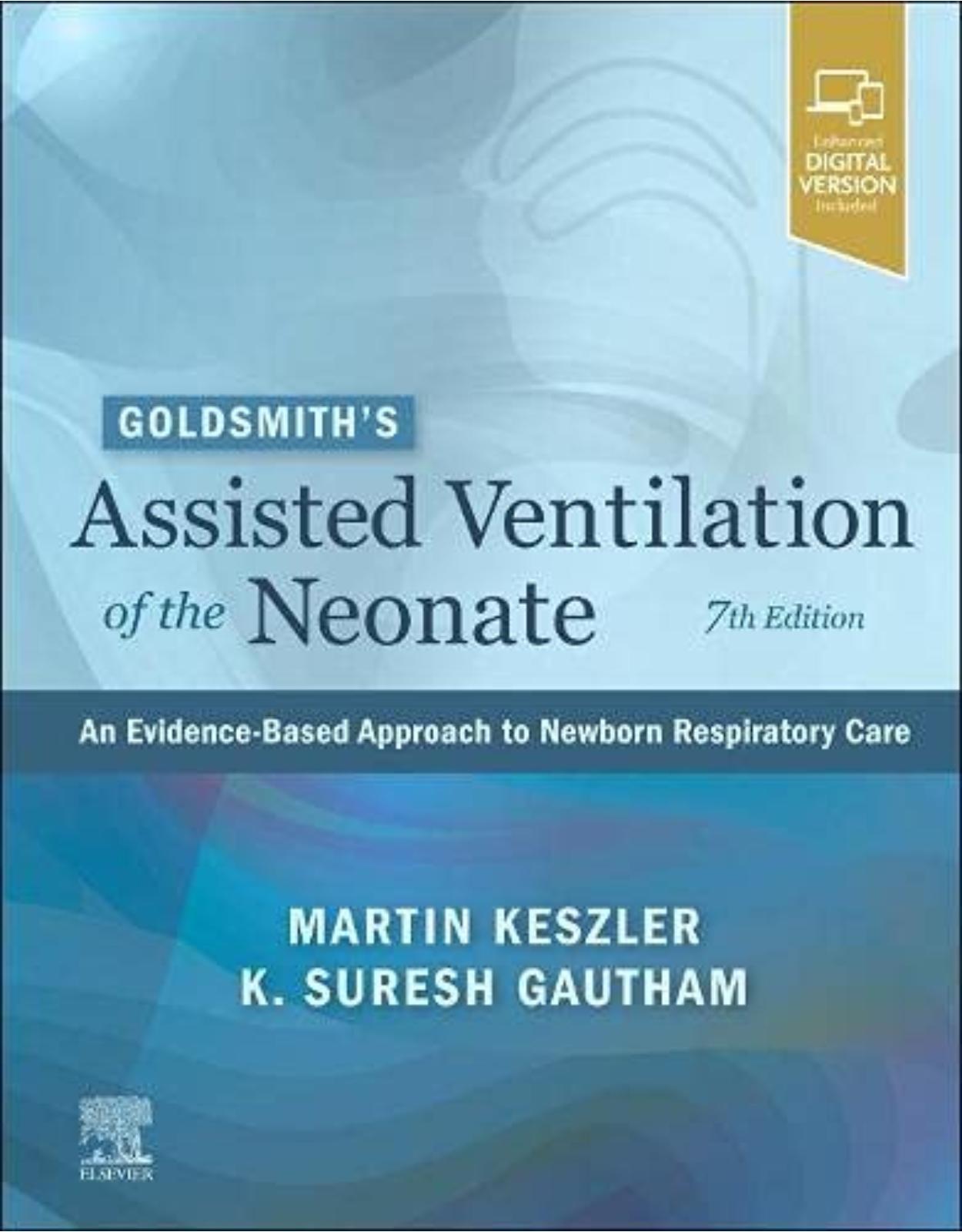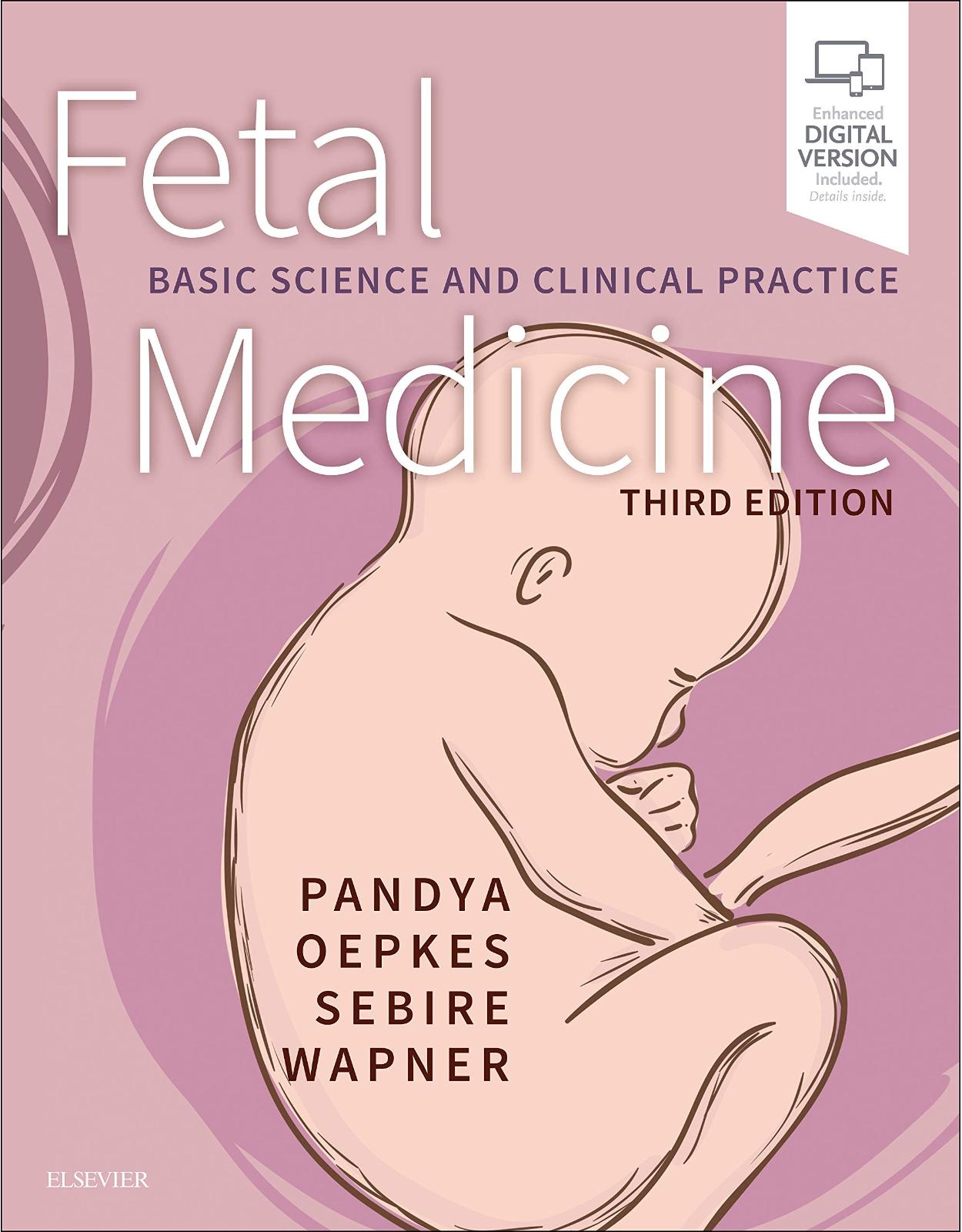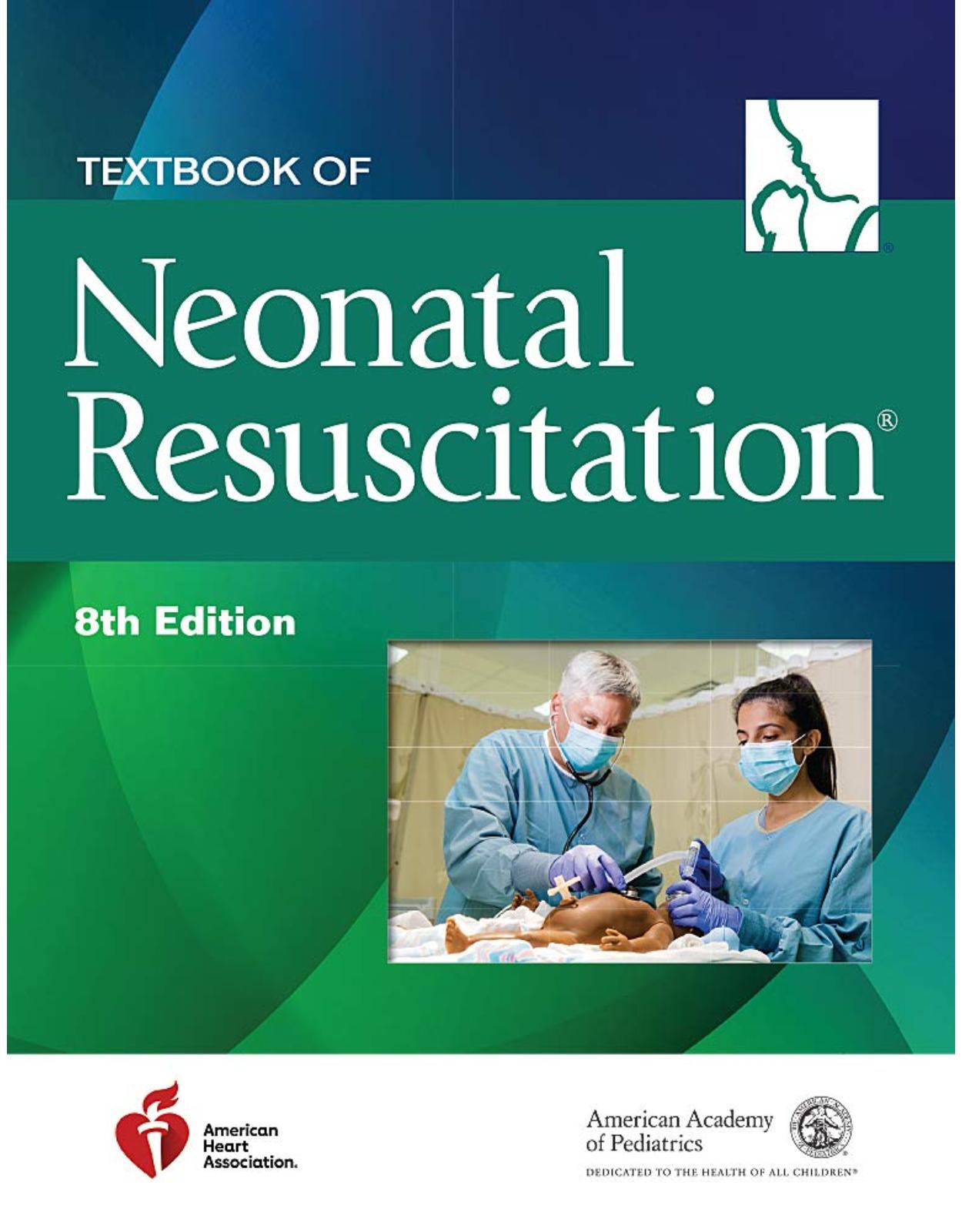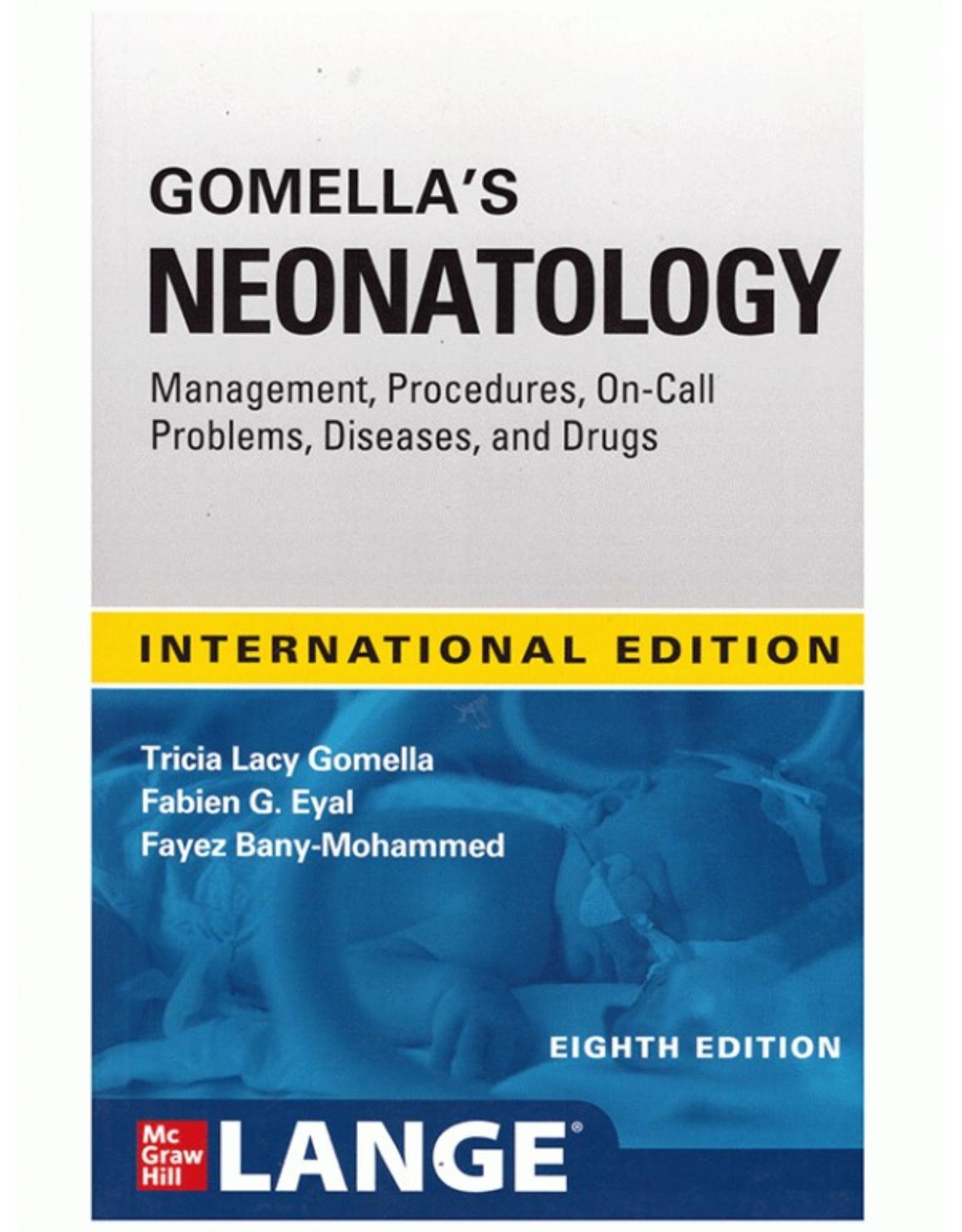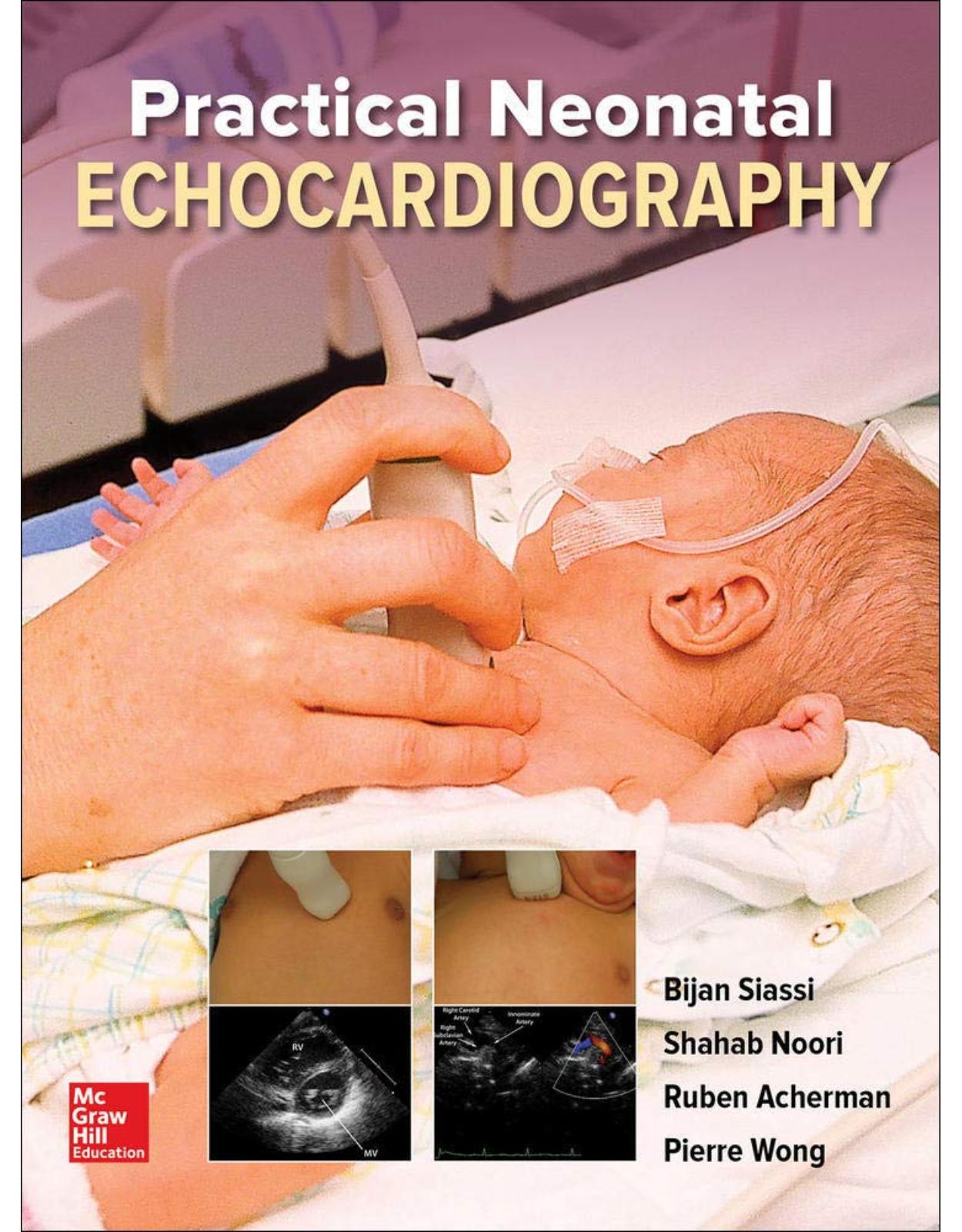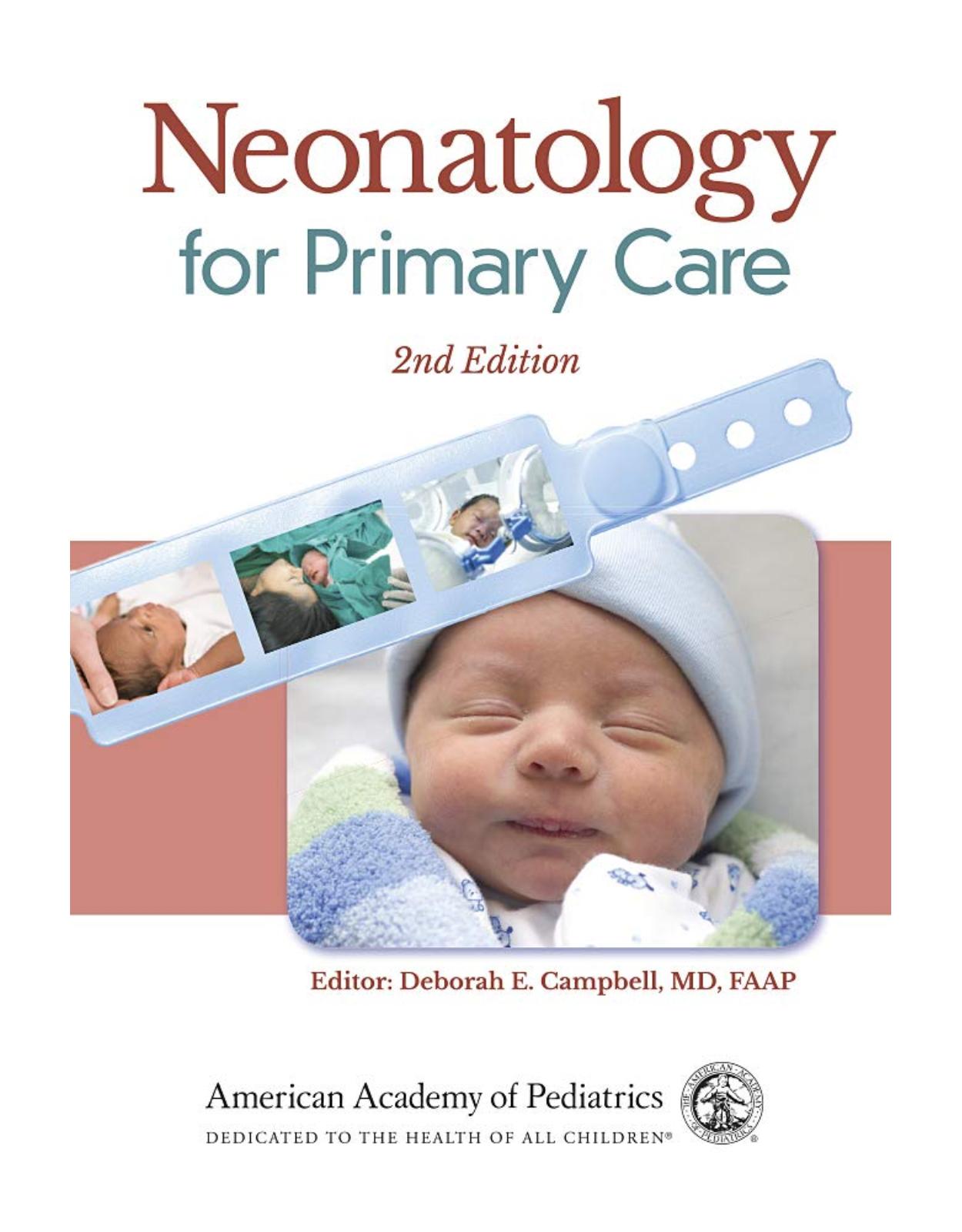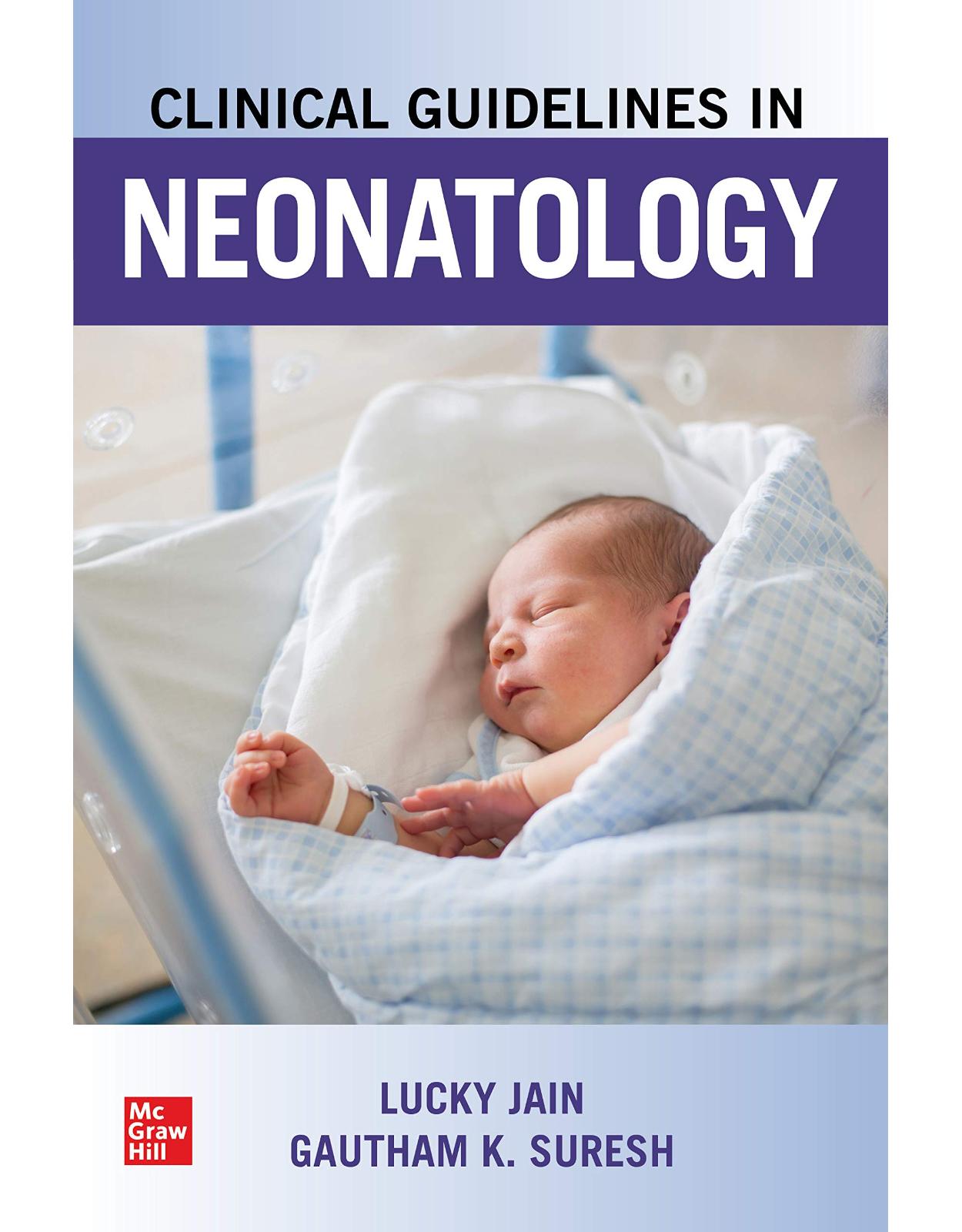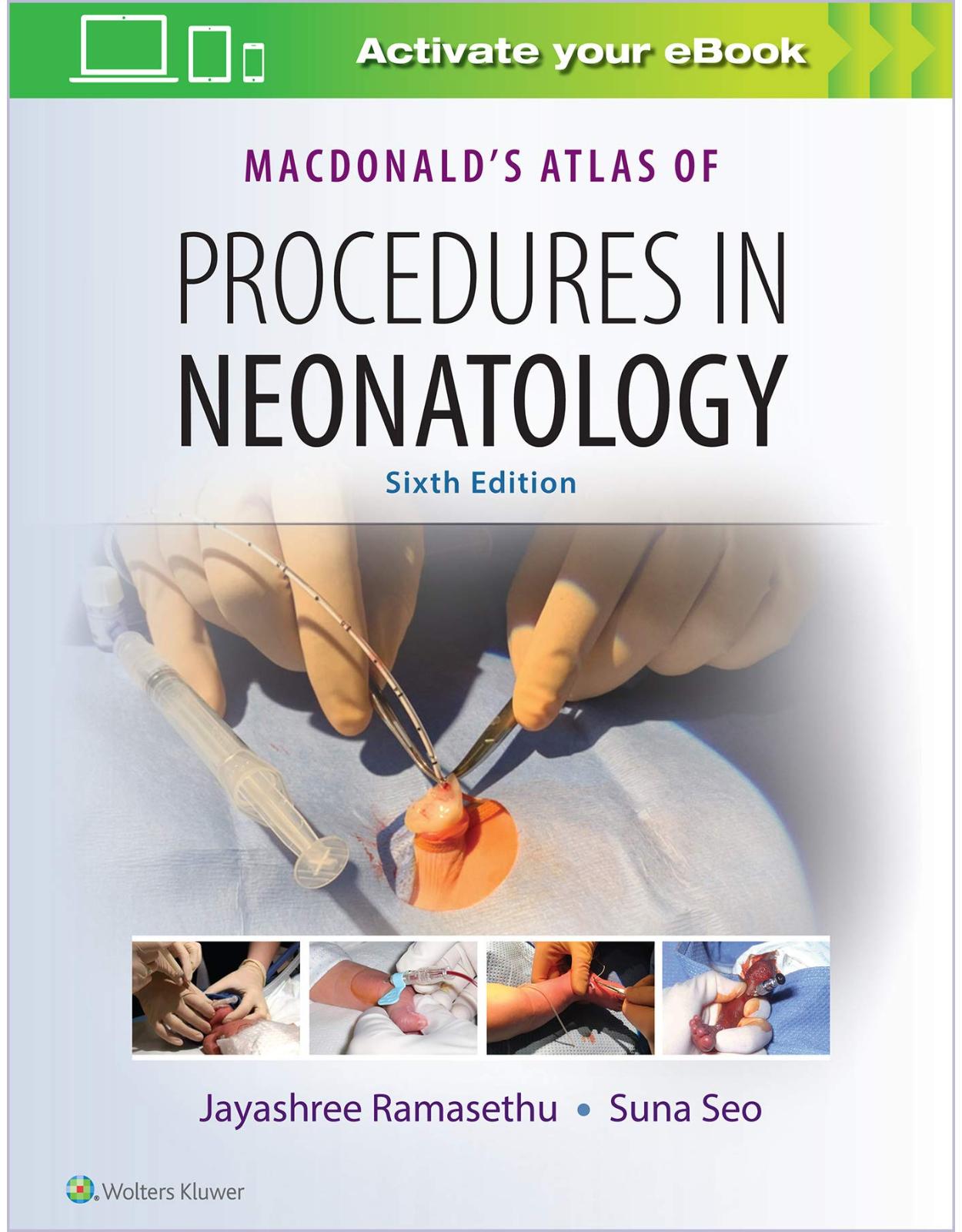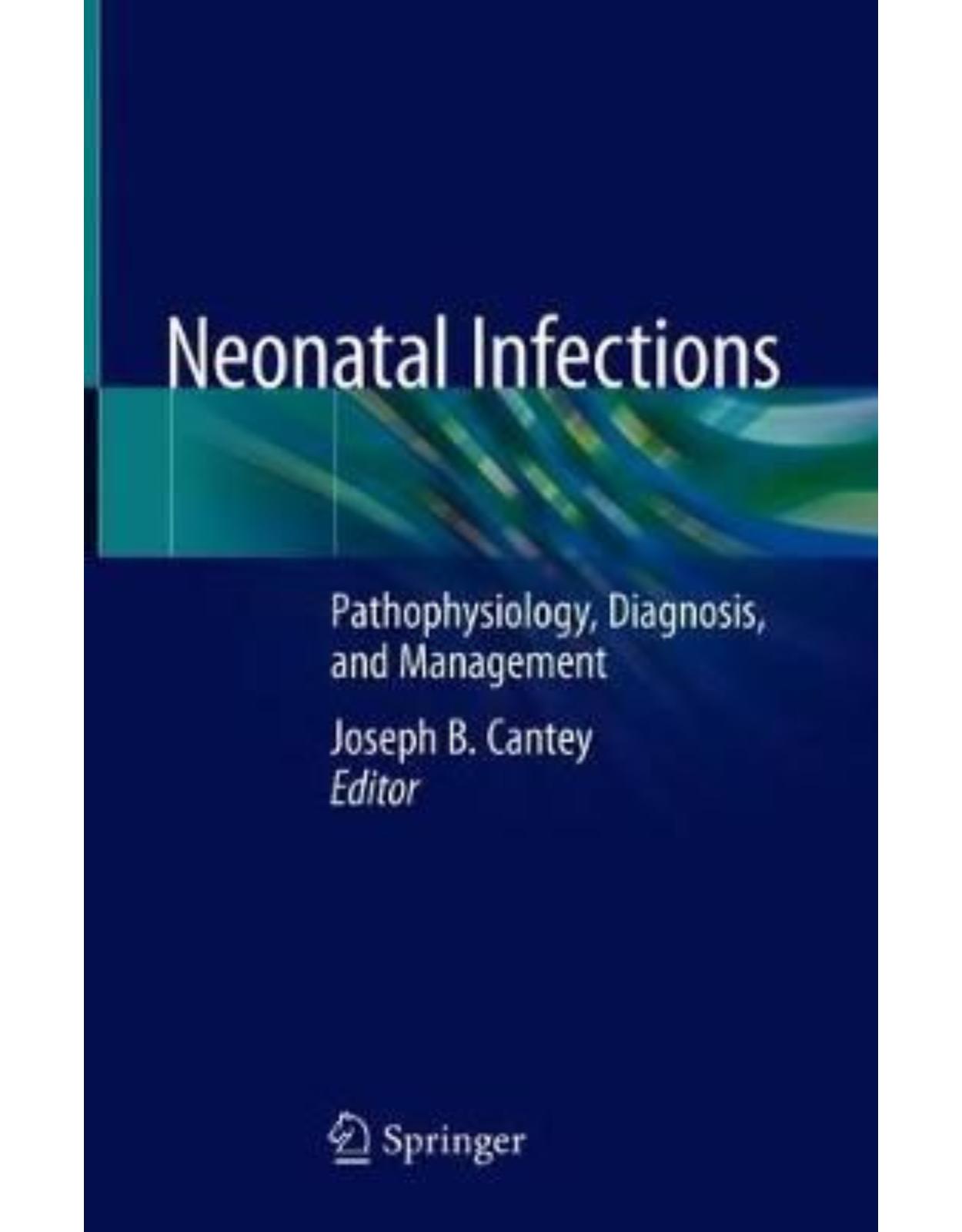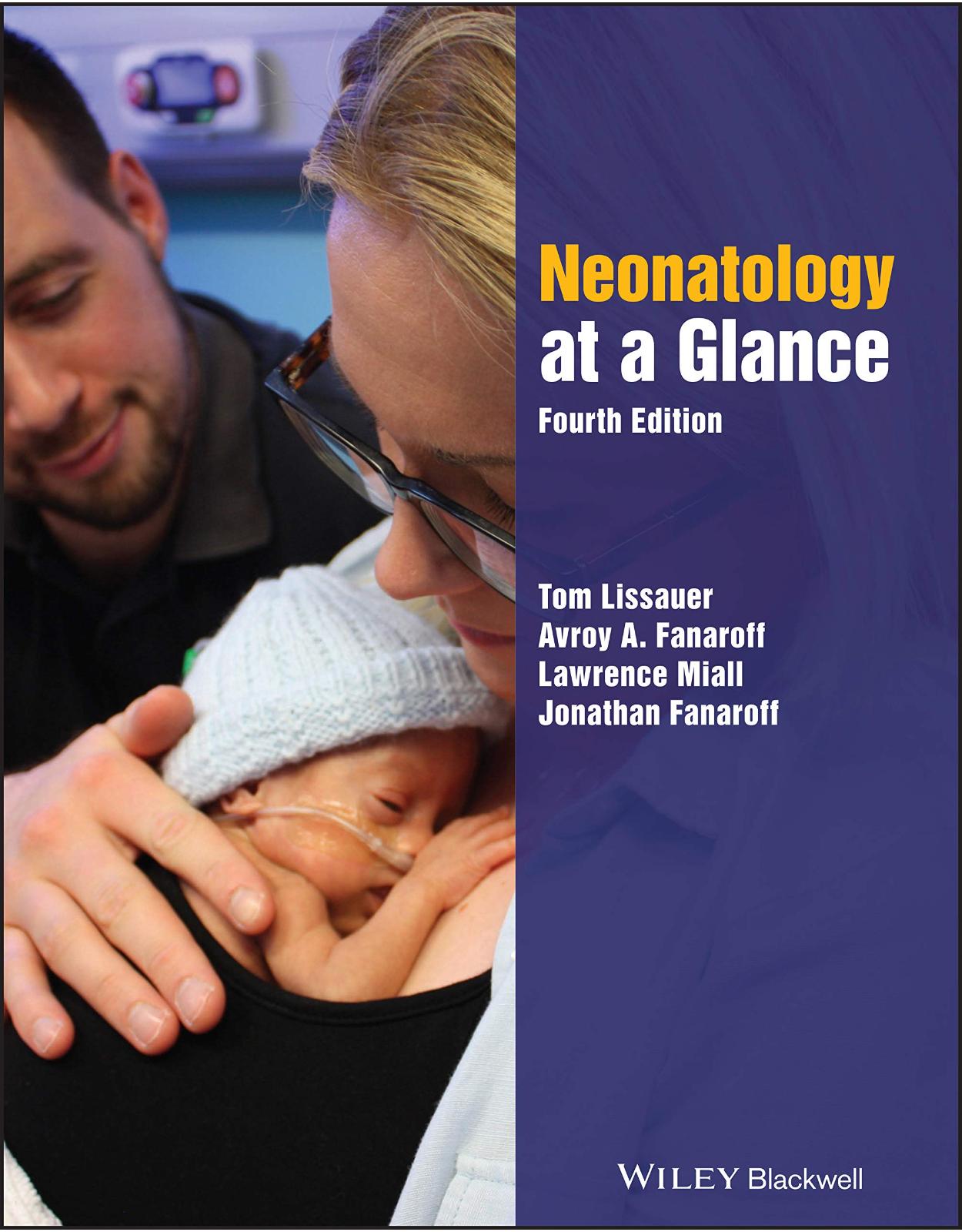
Neonatology at a Glance
Livrare gratis la comenzi peste 500 RON. Pentru celelalte comenzi livrarea este 20 RON.
Disponibilitate: La comanda in aproximativ 4 saptamani
Editura: Wiley-Blackwell
Limba: Engleza
Nr. pagini: 256
Coperta: Paperback
Dimensiuni: 21.59 x 1.27 x 27.43 cm
An aparitie: 11 May 2020
Description:
Written by a team of leading international experts, Neonatology at a Glance provides a concise and easy-to-read overview of neonatal medicine. Each topic is clearly explained over a two-page spread, aided by numerous diagrams and illustrations. It has been extensively updated to include recent advances in perinatal medicine, genetics, respiratory support, therapeutic hypothermia, antimicrobial stewardship, and family integrated care. The book covers the wide range of problems encountered in looking after newborn babies, from normal newborn infants to the complexities of neonatal intensive care.
Neonatology at a Glance:
Provides up-to-date coverage of the important conditions you will encounter, including neonatal resuscitation and care of preterm infants
Covers challenging topics including pain, ethical issues, patient safety, evidence-based medicine, and palliative and end of life care
Includes details of a wide range of practical procedures, including less invasive surfactant administration, cranial ultrasound, brain monitoring and neuroimaging, and neonatal transport
Neonatology at a Glance is the perfect guide for all health professionals looking after newborn infants, including pediatric trainees, medical students, neonatal nurse practitioners and neonatal nurses, therapists, and midwives. For neonatologists, pediatricians, and neonatal lecturers, it is a valuable resource to assist with teaching.
Table of Contents:
1 Milestones in neonatology
Thermal regulation
Nutrition
Rhesus hemolytic disease
Antibiotics
Respiratory distress syndrome (RDS)
Development of neonatal intensive care
Challenges for the future
2 Epidemiology
Births
Maternal mortality
Perinatal mortality
Neonatal mortality
Epidemiologic data collection
Infant mortality
3 Perinatal medicine overview
Neonatal involvement in perinatal care
Neonatal networks
4 Prepregnancy care, prenatal screening, and fetal medicine
Fetal medicine
5 Maternal medical conditions
Diabetes mellitus
Type 2 and gestational diabetes
Maternal red blood cell alloimmunization
Perinatal alloimmune thrombocytopenia
6 Intrauterine growth restriction
Definition
Etiology
Pathophysiology
Management
7 Multiple births
Fetal complications
Neonatal complications
8 Preterm delivery
Causes
Risk factors
Prevention
Management
Timing of delivery
9 Maternal drugs affecting the fetus and newborn infant
Neonatal abstinence (withdrawal) syndrome (NAS)
Clinical assessment
Management
Cocaine
Teratogenic medicines
10 Congenital infection
Diagnosis
Clinical features
Congenital cytomegalovirus (CMV) infection
Congenital toxoplasmosis
Congenital rubella
Congenital syphilis
Varicella: chickenpox, varicella zoster virus (VZV) infection
Congenital parvovirus B19
Congenital zika virus
11 Genetics
Congenital anomalies
Specific genetic disorders
Genetic testing
12 Adaption to extra‐uterine life
Physiologic changes in fetal–neonatal transition
Abnormal transition from fetal to extrauterine life
The Apgar score
Asphyxia
13 Neonatal resuscitation and post‐resuscitation care
Preparation
Cord clamping
Temperature control
Initial assessment at birth
A – Airway
B – Breathing
Endotracheal intubation
C – Circulation
Drugs
Withholding and discontinuing resuscitation
Post‐resuscitation care in the delivery room
14 Birth injuries
Injuries to the head
Injuries to the face
Injury to the neck, shoulders and limbs
15 Routine care of the newborn infant
Screening
Health promotion
Discharge
16 Routine examination of the newborn infant
Preparation
The infant
Routine examination of newborn infants
17 Neurology examination
States of alertness
Tone and posture
Reflexes
Spontaneous movements
Abnormal signs
Behavior
18 Feeding
Nutritional characteristics of human milk compared with unmodified cow's milk
Formula
Feeding advice resources
19 Parental attachment
Communicating with parents
Antenatal identification of fetal abnormality or potential abnormality
Admission of the infant to the neonatal unit
Infants with serious congenital malformations
20 Minor abnormalities in the first few days
21 Overview of common problems of term infants
Anticipation based on history
Overview of common medical problems
22 Admission to the neonatal unit
Welcoming parents and families
Open access
Explanation and facilitating communication
Assisting attachment
Providing a family‐friendly environment
23 Stabilizing the sick newborn infant
Airway – see chapters 13, 41 and 77
Breathing – see chapters 13 and 24
Circulation
Shock
Disability and Dextrose (Neurologic system) – see Chapter 16 and 51
Environment and systematic examination
Family
24 Respiratory support
Forms of respiratory support
Supplemental oxygen therapy
Continuous positive airway pressure (CPAP)
Conventional mechanical ventilation (via a tracheal tube)
Synchronized ventilation modes
High‐frequency oscillatory ventilation (HFOV)
High frequency jet ventilation (HFJV)
Inhaled nitric oxide (iNO)
Respiratory failure
Extracorporeal membrane oxygenation (ECMO)
25 Developmental care
Observing newborn behavior
The nursery environment
Adapting care
26 Family integrated care
27 Preterm infants and their complications
Short term complications
28 Lung development and surfactant
Structural development
Surfactant
Clinical implications of surfactant deficiency
Antenatal corticosteroids
Surfactant therapy
29 Respiratory distress syndrome
Risk factors
Pathology
Pathogenesis
Clinical features
Natural course
Management
Complications
30 Temperature control
Hypothermia
Evaporative heat loss in preterm infants
Keeping neonates warm
31 Growth and nutrition
Growth
Nutrition
Enteral feeding
Parenteral nutrition (PN)
Supplements
Osteopenia of prematurity
32 Intraventricular hemorrhage and periventricular leukomalacia
Diagnosis
Clinical features
Laboratory findings
Management
Prognosis
Prevention
33 Patent ductus arteriosus (PDA)
Ductal closure
Risk factors
Clinical features
Investigations
Management
34 Apnea, infection, anemia, and jaundice
Apnea, bradycardia and desaturations
Infection
Anemia
Jaundice
35 Retinopathy of prematurity
Pathogenesis
Screening
Treatment of ROP
36 Necrotizing enterocolitis
Risk factors
Clinical features
Laboratory findings
Radiologic abnormalities
Management
37 Bronchopulmonary dysplasia
Definition
Predisposing factors
Clinical features
Investigations
Management
Strategies for prevention
38 Discharge of preterm infants from hospital
Discharge planning
39 Outcome of preterm infants
Survival
Outcome
Growth
Medical complications
Disability and impairment
Neurosensory impairment
Cognitive impairment
Behavioral outcomes
School performance
Adult outcomes
40 Respiratory distress in term infants
Common causes
Less common causes
Rare causes
41 Upper airway disorders
Cleft lip and palate
Choanal atresia
Pierre Robin sequence
Laryngomalacia
Subglottic Stenosis
42 Jaundice
Significance of severe hyperbilrubinemia
Causes of early‐onset jaundice (
Causes of jaundice 24 hours to 2 weeks
Clinical examination and assessment
Investigations
Management
Prolonged jaundice (>14 days)
43 Neonatal infection
Bacterial sepsis
Risk factors
Clinical presentation
Investigations
Interpretation
44 Antimicrobial stewardship
Global neonatal antibiotic use and resistance
45 Specific bacterial infections
Group B streptococcal (GBS) infection
Listeria monocytogenes
Gram‐negative infection (e.g. E. Coli, Pseudomonas, Klebsiella)
Conjunctivitis
Skin
46 Viral infections
Herpes simplex virus (HSV)
Hepatitis B (HBV)
Hepatitis C
HIV
47 Hypoglycemia and hyperglycemia
Hypoglycemia
Hyperglycemia
48 Gastrointestinal disorders
Vomiting
Gastroesophageal reflux
Esophageal atresia and tracheoesophageal fistula
Abdominal masses
Abdominal wall defects
Imperforate anus
49 Gastrointestinal obstruction
Causes (See Figure 49.1)
Diagnostic clues
Clinical presentation
Diagnosis
Management
Some specific conditions
50 Cardiac disorders
Risk factors
Presentation
Heart murmur
Heart failure
Selected causes of cyanotic congenital heart disease
Oxygen saturation screening for critical congenital heart defects
Investigations
Management of congenital heart disease
51 Hypoxic–ischemic encephalopathy
Pathogenic mechanisms of HIE
Compensatory mechanisms
Primary and delayed injury
Clinical staging
Clinical features, investigations, and management
Therapeutic hypothermia
Cerebral function tests and neuroimaging
Outcome
52 Seizures and perinatal strokes
53 Neural tube defects and hydrocephalus
Neural tube defects
Anencephaly
Encephalocele
Spina bifida
Hydrocephalus
54 The hypotonic infant
Clues from the history
Causes, clinical features, and investigations
Some specific conditions
55 Renal and urinary tract anomalies diagnosed prenatally
Embryology
Structural abnormalities of the kidneys
56 Renal and urinary tract disorders
Electrolyte problems
Urinary tract infection (UTI)
Acute kidney injury, AKI
57 Genital disorders
Inguinal hernia
Hydrocele
Undescended testis
Torsion of the testis
Hypospadias
Circumcision
58 Disorders of sex development
Sex development
Congenital adrenal hyperplasia
59 Anemia and polycythemia
Anemia
Polycythemia
60 White cell disorders
White blood cells in the newborn
Neutrophilia
Neutropenia
Blood abnormalities in infants with Down syndrome (trisomy 21)
61 Coagulation and thrombotic disorders
Thrombocytopenia
Abnormal coagulation
Thrombotic disorders (thrombophilia)
62 Dermatological disorders
Goals of neonatal skin care
Diaper (nappy) dermatitis
Infection
Vascular skin lesions
63 Bone and joint disorders
Congenital abnormalities of the hip and feets
Infection
Skeletal dysplasias
64 Inborn errors of metabolism
Age of presentation
When to suspect an inborn error of metabolism
Management
65 Hearing and vision
Hearing
Vision
66 Pain
Development of pain pathways in the fetus and preterm infant
Factors that modify pain responses
Assessment of pain
Pain assessment scales
Minimizing pain
67 Pharmacology
Drug dosing
Drug monitoring
Drugs in breast milk
Drug licensing and neonatology
68 Quality improvement
Identifying areas of improvement
Improvement science
69 Patient safety
Briefing
Hand‐off (hand‐overs)
Simulation
Modes of simulation
Critical incidents
Hospital associated infections
Extravasation of intravenous infusions
Excessive fluid volume infused
Unplanned extubation
Giving wrong breast milk to wrong patient
Complications of umbilical arterial catheters (UAC)
Thrombosis/emboli/vasoconstriction
Blood loss from arterial catheters
Ischemic damage from peripheral artery catheters
Portal vein thrombosis from umbilical venous catheters
Extravasation of parenteral nutrition (PN) from central venous lines
Burns and scalds
Scarring of skin
Nasal damage from tracheal tube
Nasal damage from nasal CPAP
Tracheal stenosis
Aspiration pneumonia from misplaced gavage (nasogastric) feeding tubes
70 Evidence‐based practice
What is evidence‐based practice (EBP)?
Steps in evidence‐based practice
Examples of evidence‐based practice in neonatology
71 Ethics
72 Research and consent
Research
Practical difficulties in conducting research in infants
Consent
Consent issues in clinical practice
73 Palliative and end‐of‐life care
Care plans
Place of care
Support for the parents, siblings, and family
Care after death
Caring for staff
Organ donation
Autopsy
74 Follow‐up of high‐risk infants
Goals
Criteria
Organization and timing
Who should conduct neonatal follow‐up?
Components
Outcome measures
75 Global neonatology
Geography of newborn deaths
Causes of newborn deaths
Timing of newborn deaths
Reducing neonatal mortality in low‐income countries
76 Transport of the sick newborn infant
Infrastructure
Why transfer?
Equipment
Documentation
77 Intubation
Endotracheal intubation
INSURE
Less Invasive Surfactant Administration (LISA)
Video laryngoscopy
78 Chest tubes
Needle thoracotomy (chest needling)
Chest tubes (chest drain)
Pleural tap
79 Common practical procedures
80 Umbilical catheters and intraosseous cannulation
Umbilical catheters
Intraosseous cannulation
81 Central venous catheters and exchange transfusions
Central venous catheters (CVC)
Exchange transfusion
82 Cranial ultrasound
Limitations of ultrasound
Lesions that can be identified
Practical issues
Lesions detectable on cranial ultrasound (Figures 82.4–82.11)
Germinal matrix hemorrhage, GMH (Grade I) (Figure 82.3)
Intraventricular hemorrhage, GMH‐IVH (Grade II – no ventricular dilatation) (Figure 82.4)
Intraventricular hemorrhage, GMH‐IVH with dilatation (Grade III – ventricular dilatation) (Figure 82.5)
Hemorrhagic parenchymal infarct (Grade IV) (Figure 82.6)
Porencephalic cyst (Figure 82.7)
Post‐hemorrhagic ventricular dilatation (PHVD) (Figure 82.8)
Ventricular index (Figure 82.9)
Echodensities (Figure 82.10)
Cystic periventricular leukomalacia (PVL) (Figure 82.11)
View from additional window (Figure 82.12)
Color Doppler flow velocity measurements
Additional windows
83 Brain monitoring
Electroencephalography (EEG) and amplitude‐integrated electroencephalography (aEEG)
Use of aEEG and EEG in neonates
Electroencephalography (EEG)
Amplitude integrated EEG (aEEG)
Near infrared spectroscopy (NIRS)
Reference values for NIRS
84 Perinatal neuroimaging with MRI
Functional MRI
The connectome and network theory
Practical and safety considerations of MRI
Prognostic information
85 Echocardiography for the neonatologist
Standard views
Assessment of the PDA
Assessment of left ventricular function in critically ill neonates
Assessment of pulmonary hypertension (PH)
Assessment of neonatal hypotension or shock
Identify the position of umbilical and central venous lines
Appendix Gestational age assessment, BP, Newborn Early Warning Trigger and Track (NEWTT) chart, Jaundice, Hypoglycemia, Growth charts
Gestational age assessment: Ballard exam
Calculating an estimated gestational age
Blood pressure charts
Jaundice indications for phototherapy and exchange transfusion
Newborn early warning trigger and track (NEWTT)
Hypoglycemia prevention and treatment and persistent or symptomatic hypoglycemia screening tests
Growth charts
Further reading
Chapter 9
Chapter 10
Chapter 17
Chapter 18
Chapter 26
Chapter 32
Chapter 35
Chapter 44
Chapter 45
Chapter 46
Chapter 47
Chapter 54
Chapter 60
Chapter 62
Chapter 65
Chapter 69
Chapter 75
Chapter 79
Index
End User License Agreement
| An aparitie | 11 May 2020 |
| Autor | Avroy A. Fanaroff , Lawrence Miall, Jonathan Fanaroff , Tom Lissauer |
| Dimensiuni | 21.59 x 1.27 x 27.43 cm |
| Editura | Wiley-Blackwell |
| Format | Paperback |
| ISBN | 9781119513193 |
| Limba | Engleza |
| Nr pag | 256 |

